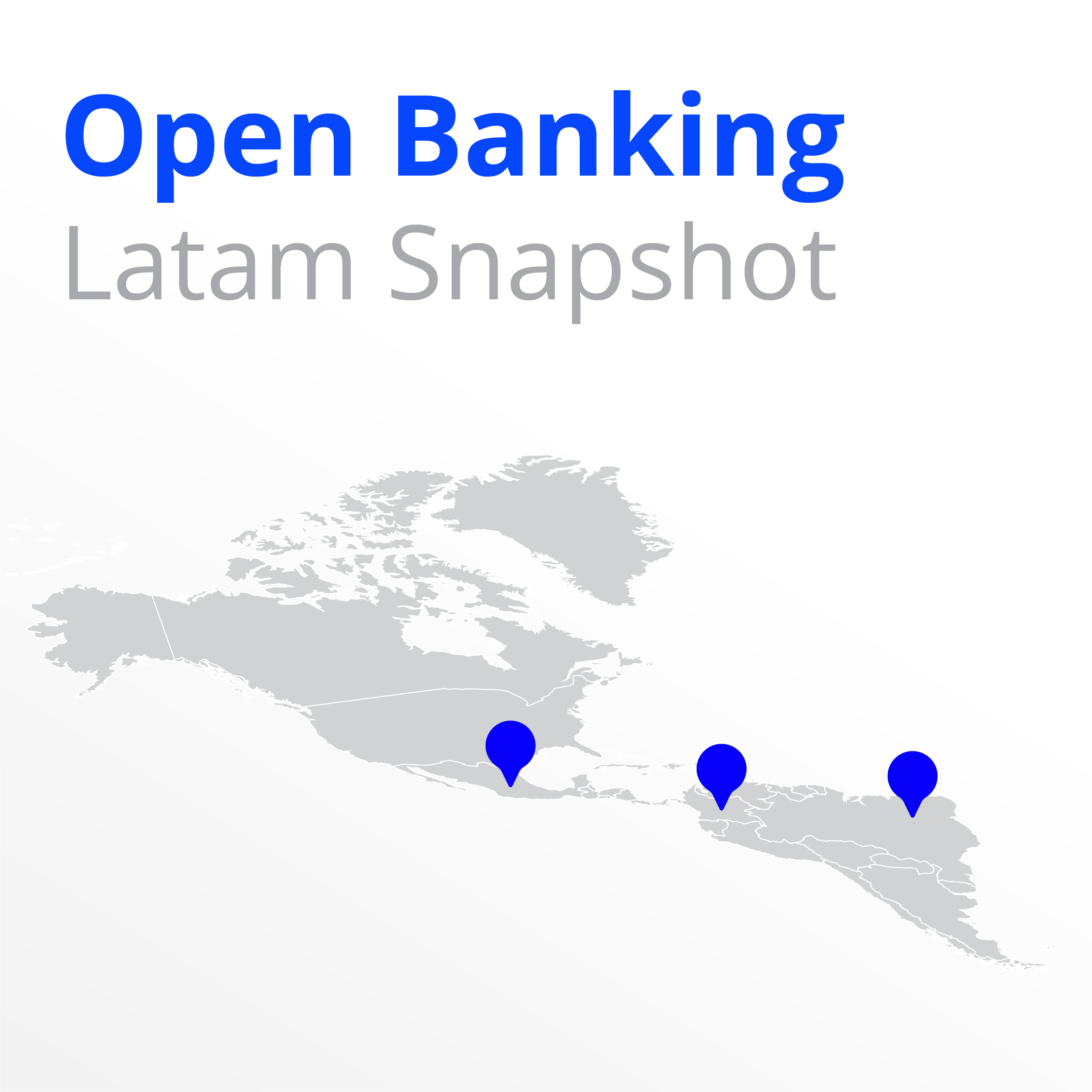
Open Banking in Latin America is gaining momentum. The regulatory frameworks of Mexico and Brazil have become a benchmark and, while at different paces, the rest of the countries are moving towards a data-sharing framework. Brazil is leading the race, followed by Mexico and Colombia. Argentina, Chile, and Peru have no regulatory framework and are still in the very early stages. Here is a summary of 2021 main developments.
Brazil
The Open Banking 4 -phased implementation project in Brazil is progressing quickly. Phase 1, which focuses on sharing product and service data, started in February of this year. Phase 2 regarding the sharing of customer information starts in July. Phases 3 and 4 dealing with transactional information and other types of transactions respectively are scheduled for August and December.
The first 2 phases can be seen as a test and learn phase for Third-Party Providers and banks to build API capabilities, infrastructure, and hence an operational API ecosystem. The real gamer changer will be Phase 3 and 4 which will trigger the most significant changes in the payments and banking industry for retail and SME banking.
Mexico
Mexico was the first country to have a regulation for the open banking model. The Fintech Law (article 76), of March 2018, obliges about 2,300 entities of the financial system to share information. The 3 types of data contemplated are divided into open, aggregated, and transactional data.
By the beginning of 2021, the complete publication of the secondary regulation was expected. However, very little progress has been made and to date only the secondary provisions on open financial data, i.e., those referring to the location of branches and ATMs, are available.
June 2021 is the deadline for financial institutions to comply with the first phase of the regulation. This year, the regulations on aggregate and transactional data are also expected to be known, which would give a new push to the process.
Colombia
Following the trend, Colombia also announced its interest in developing an open banking standard but opting for a voluntary model, which would allow banks to join in when they are ready.
The Financial Regulation Unit (URF) aims to have an open architecture for all financial products and services, and has divided the development process into two preliminary stages:
-
Stage 1 – First half of 2021: Roundtables between authorities and the industry to determine the model to be implemented, as well as the design of the roadmap for its implementation.
-
Stage 2 – Second half of 2021: Issuing the regulation and promoting the “potential use” of a test sandbox.
The URF plans to develop the regulatory framework in early 2022, starting with a proposal for mass products, such as savings accounts and loans.
Great things are to come in Latin America. We anticipate dramatic changes in 2021 pushed by the growth of the FinTech sector and the pandemic. If financial institutions were contemplating digital transformation as a “nice to have”, now is a must-have shift. Open Banking is becoming banks’ priority, as they see an opportunity to navigate in the new normal environment. After all, the Open Banking model has been proven to provide a better customer experience, customer retention, and new revenue streams while providing users a more transparent and holistic view of their finances.
